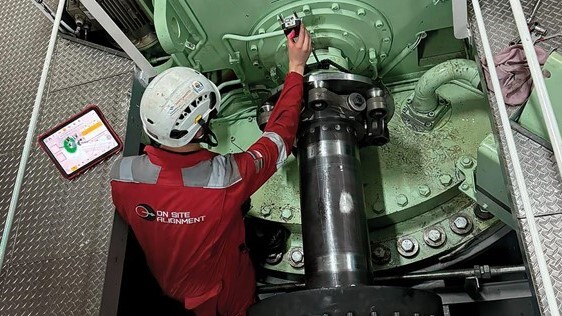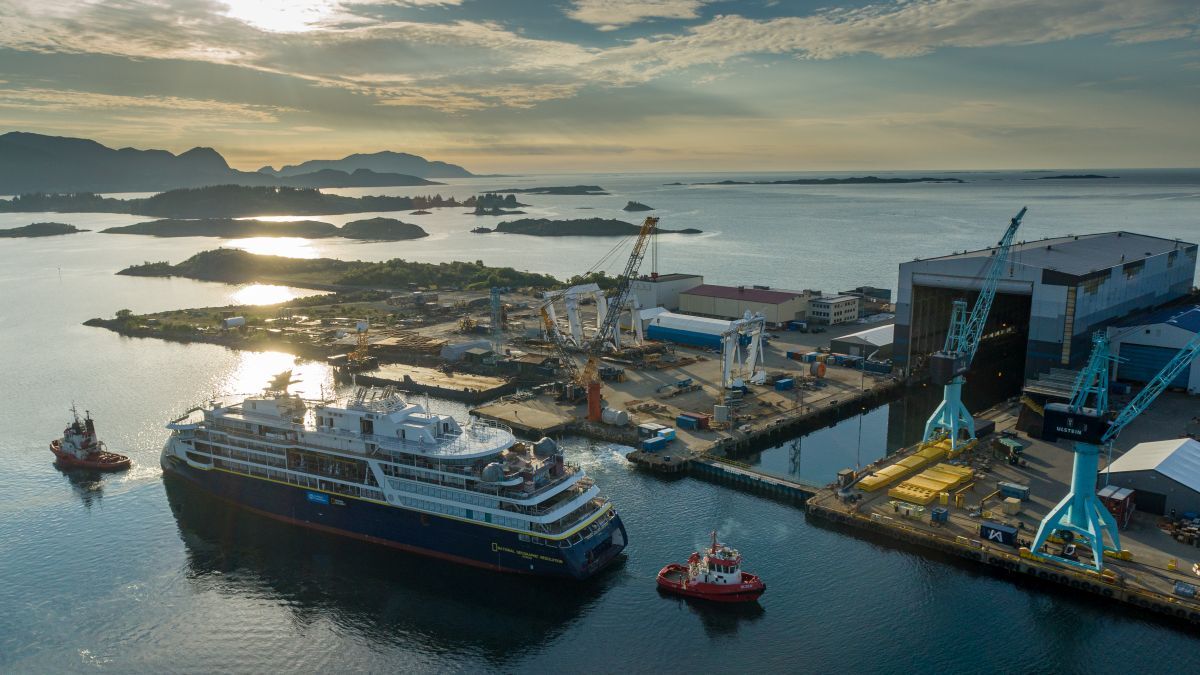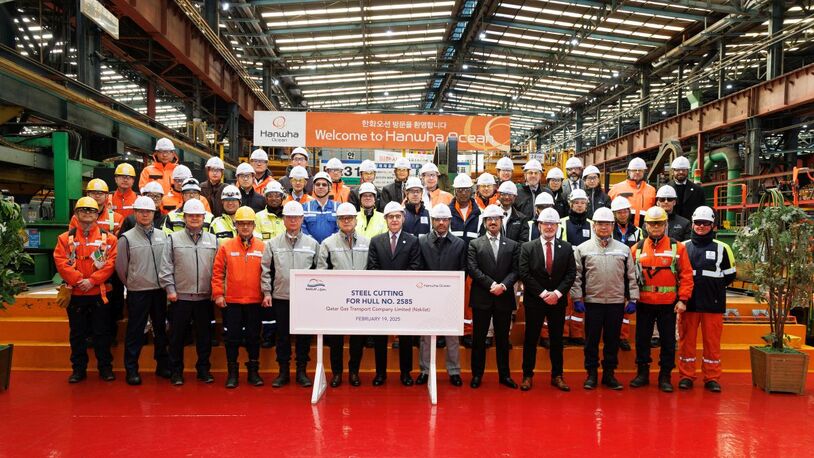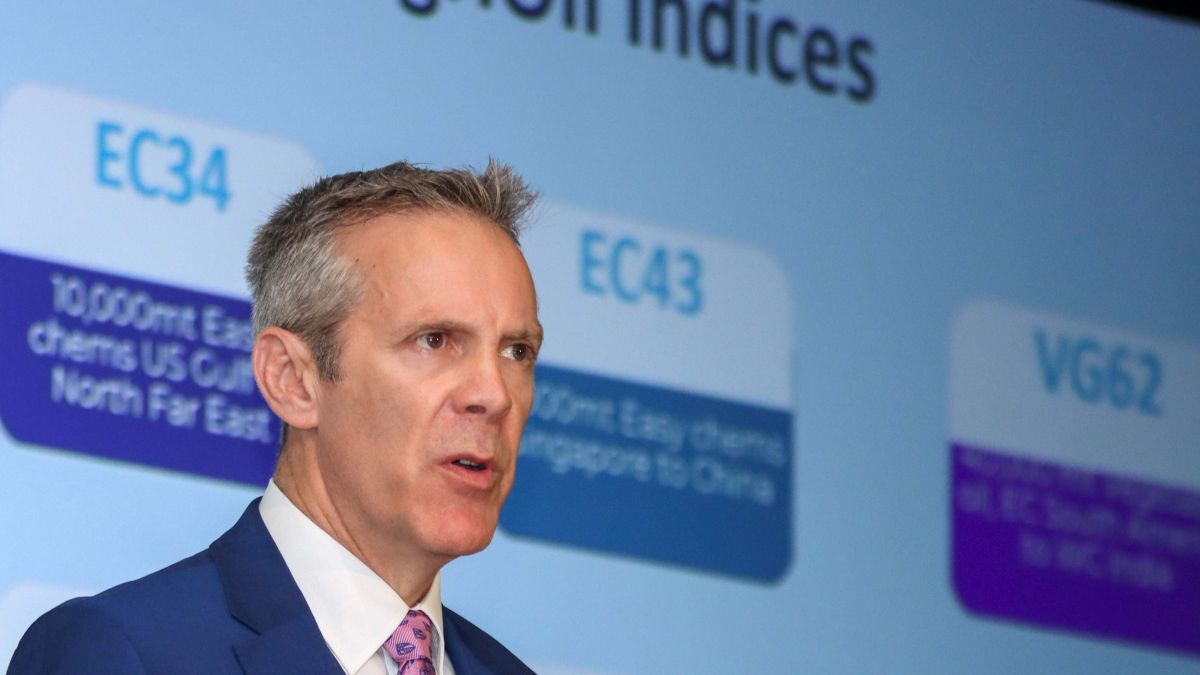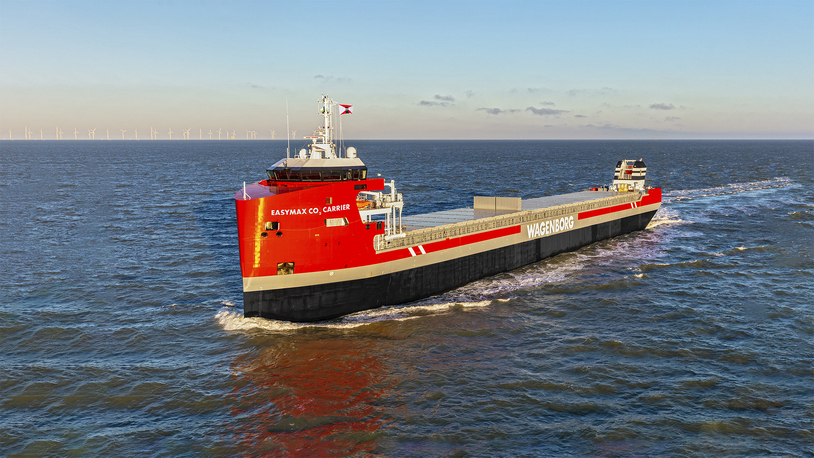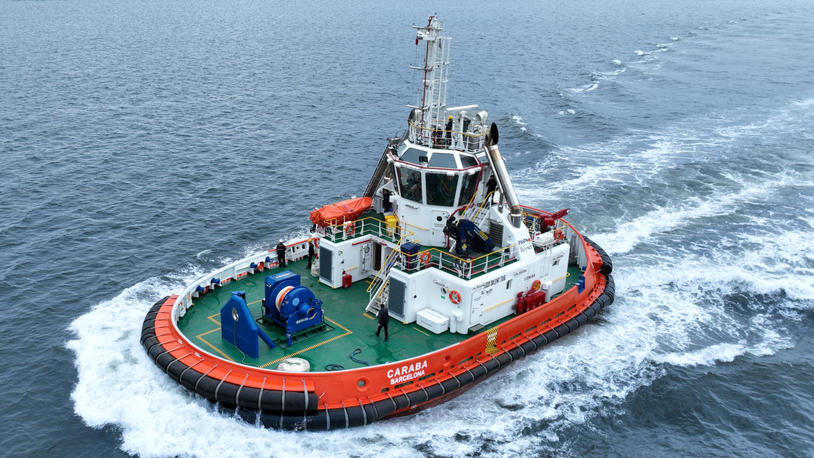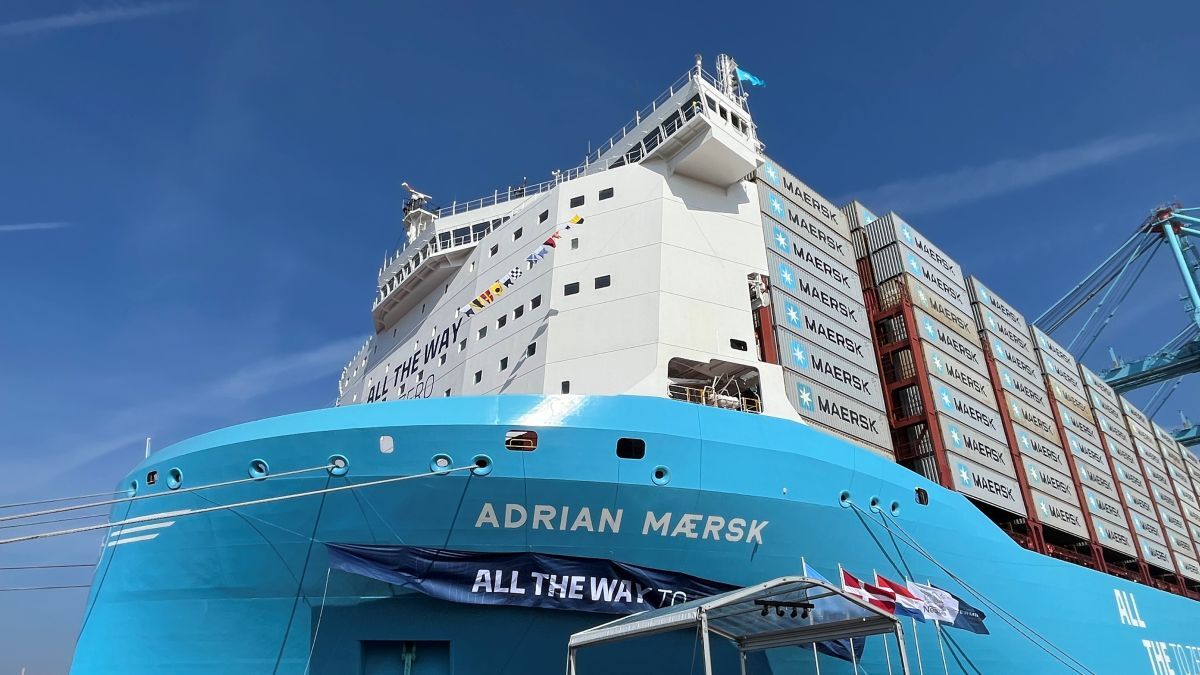Business Sectors
Events
Contents
Register to read more articles.
National Geographic Resolution: the drivers behind its design
Being environmentally friendly and providing the smoothest, most comfortable cruise possible are key for Lindblad Expeditions’ new vessel
Lindblad Expeditions’ second of two polar expedition vessels, National Geographic Resolution, is nearing delivery.
It follows in the footsteps of its sister vessel National Geographic Endurance, which Lindblad Expeditions Holdings took delivery of in March 2020.
Both ships are built by Norway’s Ulstein Verft shipyard, measure 124 m x 21 m and can accommodate 126 guests.
Despite the Covid-19 pandemic, the construction of National Geographic Resolution continued and Ulstein managed to combat any challenges this posed. Ulstein Verft project director Kenneth Pettersen tells PST, “We have managed to keep Covid-19 away from our premises, but we have spent much on resources with testing and quarantine housing. We need skilled workers, of whom several need to come from abroad, and with closed borders during long stretches of the construction period, this has also been challenging.”
Ulstein’s X-Bow
One of the features that makes the new cruise ship striking is it is built with Ulstein’s patented X-Bow, which allows a more comfortable journey during all weather conditions, enabling better fuel efficiency and thus releasing fewer emissions. Ulstein explains, “Ulstein entered into the expedition cruise vessel market to introduce the Ulstein X-Bow in cruise vessels. This feature has been used for more than 10 years on many offshore vessels operating in rough weather and sea conditions. Therefore, we found the X-Bow very suitable for passenger vessels crossing rough stretches of sea such as the Drake Passage or operating in the Norwegian Sea. In a head sea, the hull shape leads to reduced motions and accelerations which in turn leads to increased comfort and safety.”
In cold areas, the Ulstein X-Bow reduces spray from the bow, reducing the risk of icing.
The main difference between an Ulstein X-Bow and a conventional bow is the part of the hull above the waterline. Ulstein says, “The increased volume in the bow part of the vessel has proven to be excellent when manoeuvring in icy waters. Film and feedback from the first X-Bow cruise vessel Greg Mortimer prove the easy entrance of the vessel in such conditions.”
Indeed, SunStone Ship’s cruise ship Greg Mortimer, delivered in 2019, is the first cruise ship to feature an X-Bow.
Another advantage is the X-Bow allows unobstructed views for passengers. Ulstein Design & Solutions principal engineer and lead naval architect Terje Våge tells PST, “Typically, cruise vessels have a flared bow. Hence, looking over the bulwark from the forecastle deck, or from the bridge, the flared bow will create a ’dead angle’ between the hull and the line of sight.
“On an X-Bow, the lines are aft leaning, and the dead angle is reduced, and in some cases even not present at all. This allows the crew and passengers to view the water closer to the hull, where the dolphins typically are having fun. This applies for both the forecastle deck, the bridge and even the top of the bridge.”
Lindblad Expeditions director of communications Patty Disken-Cahill adds, “The X-Bow also significantly increases the joy of observing wildlife, enabling optimal forward and straight down-the-sides viewing – no leaning out over the deck rail required. The unobstructed downward sight lines, plus multiple walk-out areas from the bridge, observation lounge and glass rails on the top deck create superb conditions for viewing and photography.”
As well as the X-BOW, there are other features that reduce noise and vibration. Mr Våge says extensive analysis was performed to reduce noise and vibrations to a minimum. The hull structure is dimensioned accordingly, and a floating floor was applied. He adds, “Material of interior panels are carefully chosen to dampen noise levels. Equipment that might be a source for noise and/or vibrations are flexibly mounted.”
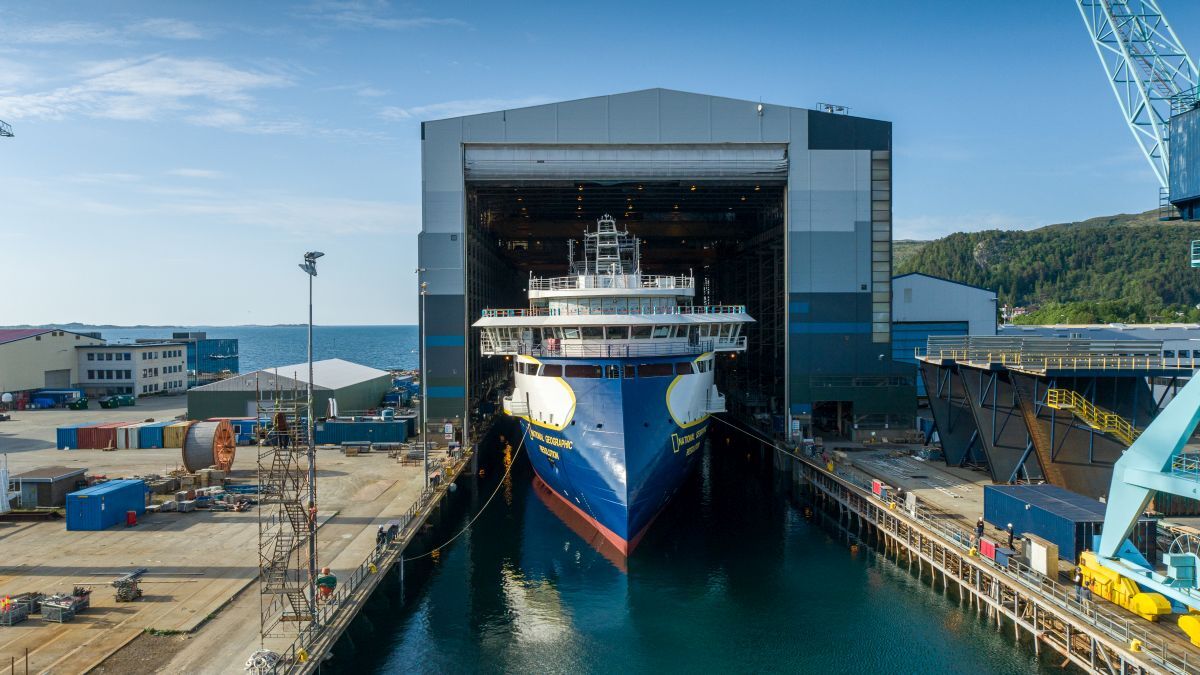
Green design and technology
Highlighting the green design and technology used, Mr Våge says, “The hull with the X-Bow has reduced resistance, especially in waves, hence the fuel consumption is reduced compared with a traditional vessel with a flared bow.”
The engines are run on marine gas oil. Mr Våge also points out the fuel oil tanks are not arranged towards the ship’s side to reduce the risk of leakage during a grounding or collision.
Mr Våge adds, “The vessel has a waste heat recovery system that utilises the energy in the cooling water from the engines and economisers in the exhaust system for heating purposes and freshwater production. Hence there is no need for an oil-fired boiler.”
LED lightening is used throughout the vessel to reduce power consumption, and all large pumps are frequency controlled to reduce power consumption.
The main engine configuration consists of four engines from Wabtec, two in each engineroom, to fulfil Safe Return to Port (SRtP) requirements. The Wabtec engines fulfil IMO Tier III requirements regarding emissions to air. The engines comply with IMO Tier III requirements without using selective catalytic reactors (SCRs).
The diesel-electric ships include a full ABB power, distribution, control and automation package with twin 3.5-MW Azipod propulsors. Mr Våge says, “This was chosen to maximise manoeuvrability in ice, both forward and aft, and to meet PC (5) requirements. Another factor for choosing Pod units was to get reduced noise levels in the vessel.”
The propulsion units are in separate compartments to fulfil SRtP requirements.
Each ship’s total installed 10-MW prime power is generated by four diesel gensets. These gensets are based on Wabtec’s advanced medium-speed MDC marine diesel engines and supplied by Wabtec’s Scandinavian partner, VMS Group, which provided the customised design and engineering services, including technical calculations of vibrations and noise levels, as well as assembly and load testing of the gensets before installation on board.
Lindblad Expeditions vice president of fleet operations Chris Foong says, “We are looking forward to taking delivery of National Geographic Resolution and to soon restarting our journeys to the most spectacular places on earth with these state-of-the-art vessels. Lindblad Expeditions has a deep appreciation for the environment and that was a major driver in selecting the Wabtec engines for our newbuild programme”.
VMS Group vice president project sales Kim Rasmussen says, “The generator sets for National Geographic Endurance and National Geographic Resolution were the first generator sets to be custom built at VMS Group’s new assembly and test facilities in Denmark”.
Meanwhile, Wabtec European sales director – marine and stationary power Rob Van Solingen says, “Wabtec wholeheartedly supports Lindblad Expeditions’ commitment to green business operations and preserving our planet for future generations.
“At Wabtec, we have a longstanding commitment to tackling the world’s biggest transportation challenges. Clean energy and sustainable transportation are undoubtedly among these and increasingly at the centre of conversations with rail and marine customers who are working hard to drastically reduce fuel consumption and greenhouse gas emissions, cut down pollutants and eliminate waste.”
Mr Van Solingen adds that Wabtec has invested more than US$700M over the past 10 years in emissions-reducing and energy-efficient solutions, “which culminated in one of the cleanest and most efficient diesel engine series ever built that is certified to meet the stringent EPA Tier 4 and IMO Tier III emissions requirements without a spacious and costly urea based after-treatment system.”
An SCR exhaust gas after-treatment systems with urea injection is the most common technology to meet the EPA Tier 4 and IMO Tier III NOx standards.
Wabtec global sales leader – marine and stationary power Sander Jacobs comments, “SCR after-treatment technology requires provisions for space and weight for urea tanks, dosing pumps, piping, a mixing tube and the SCR reactor. Other disadvantages include challenges associated with availability of urea in remote locations, handling urea on board, controlling ammonia slip, and the incremental operational cost for consuming urea.
“An alternative technology to meet the emission standards is to limit the formation of NOx in-cylinder through advanced exhaust gas recirculation (EGR) technology. Wabtec’s MDC engines are based on this technology, which minimises the formation of NOx during combustion as opposed to reducing NOx in the exhaust gas through a series of chemical reactions in an after-treatment system.”
He says that engines with EGR technology offer lower operating expenses, lower installation cost, and take up to 50% less weight as well as up to 40% less space.
Since commencing commercial production in 2015, the technology has been successfully deployed with over 120 units delivered for marine applications, having accumulated over 600,000 operating hours on board expedition cruise vessels, ferries, offshore support vessels, dredgers, polar research vessels, national security multi-mission vessels, tugs, ATB tugs and push boats.
The vessel complies with the strict environmental requirements laid down in the Polar Code and the following DNV class notations: Clean Design; BWM(T); Recyclable.
Mr Våge says, “Polar class 5, Class notation PC (5), defines ice strengthening requirements for the hull and propellers. This was chosen to be able to enter areas earlier in the spring when there is more and heavier ice, and to be able to go further into the ice-infected areas.”
Interiors: connecting to the outside
Moving to the interior of the vessels, one of the main considerations was to have capacity for no more than 126 passengers. This, says Ms Disken-Cahill, was to “limit our footprint as much as possible and provide guests the greatest experience, as many places we explore, such as Antarctica, have limits on the number of people that can disembark for landings. We want to create a small community of likeminded guests eager to discover the wildlife and natural systems of remote places.”
She adds that all public spaces are designed to maximise a connection with the outside. “The streamlined modernism, distinctive style and pampering comfort of public and private spaces have been designed for guest ease.”
There are 13 extra-large balcony suites. Of the 56 standard cabins, 40 feature a balcony (including the 12 solo cabins). Some of the double cabins are prepared for a third person by converting the sofa into a bed.
Mr Våge adds, “The design is modern Nordic and the chosen colour palette is warm and moderate…there is a focus on the view to the outside from any area of the vessel.”
All passenger cabins face the outside with a window or balcony, and the restaurants, bar and observation lounge all have large windows.
Ms Disken-Cahill says guest comfort and wellness were priorities, with spa treatments and therapies at The Sanctuary, twin infinity Jacuzzis, saunas with ’million-dollar views’, a glass-walled yoga studio and the first igloos at sea.
She adds, “There is also a spacious bridge, so guests can join the captain and navigation team 24/7.”
Riviera Maritime Media will provide free technical and operational webinars in 2021. Sign up to attend on our events page
Related to this Story
Events
Maritime Environmental Protection Webinar Week
The illusion of safety: what we're getting wrong about crews, tech, and fatigue
Responsible Ship Recycling Forum 2025
© 2024 Riviera Maritime Media Ltd.

